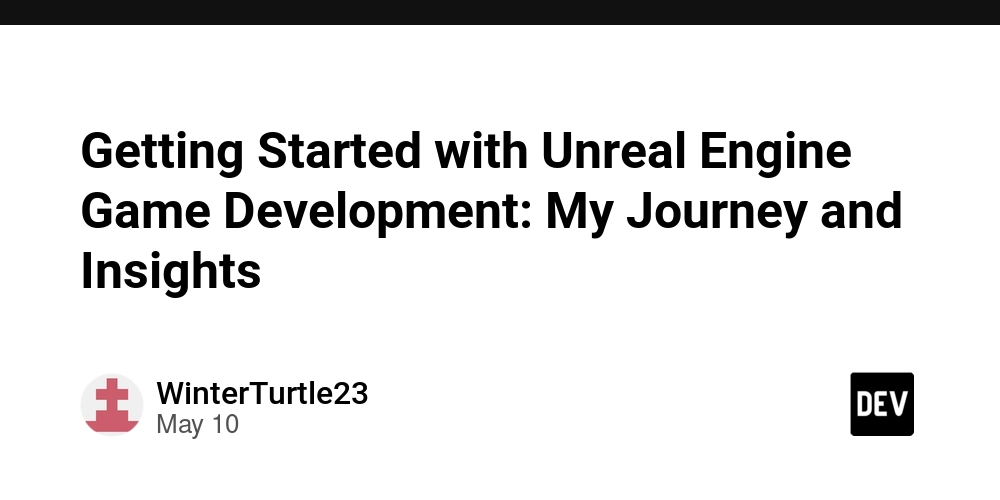None of the top 10 projects in GitHub is actually a software project
As part of our ongoing research, we periodically monitor GitHub to understand what is gaining traction and popularity within the community, using stars as a proxy. In May 2022, our analysis of the top 25 starred repositories revealed some surprising trends, particularly the prominence of non-software development projects. We analyzed the projects following the previously identified six main categories according to the project's content: software, awesome list, books, study plan, algorithm collection and style guide. You can refer to our previous post for a description of the categories. We have now repeated the analysis, using the same categories. And we have observed some interesting shifts. The following figure shows the distribution of these categories for the top 25 starred repositories in GitHub: The list of repositories can be found here. Our surprise was that while software development projects continue to hold a significant presence, their prominence has diminished compared to the remarkable growth of awesome lists and study plans. Awesome lists and study plans often focused on documentation and educational resources, which highlight GitHub's evolving role as a hub for collaborative knowledge sharing. Some other highlights, comparing them with our last analysis are: We see an addition to the AI community with AutoGPT. Along with Tensorflow they represent the AI community in the software category, which is getting relevant (2 out of 8). We can expect in the future to have new AI projects in the top 25 such as Transformers or Ollama (currently top 34 and 36, respectively). There is no software project in the top 10 projects. These are awesome lists (5), study plans (4), and one books project. Thus, we see how important is the social role of GitHub beyond coding. These kinds of projects are maintained by the community with the addition or removal of items from a list of items. Chinese projects are still the only non-English projects we see in the top 25, such as CyC2018/CS-Notes, maintaining its importance in the platform. There is also a project not related to code nor books or guides, but to the labor of coding. This is 996.ICU, used to track companies that still apply this abusive work schedule called 996 (9 a.m.–9 p.m., 6 days per week). So we can even see GitHub being used as a community building platform, where people share their concerns on practices related to developing software. From this review, we can see that our conclusions from last post still stand: GitHub's transformation into a social platform for collaborative efforts beyond coding is evident. Reviewing our previous conclusions: From this review, it is clear that the presence of non-software projects on GitHub continues to grow. This trend may significantly affect the efforts of the mining-software community, which relies on massive data analysis, or representative samples, to extract meaningful insights. As non-software repositories become more prevalent, researchers must take extra precautions to filter out irrelevant projects to ensure the accuracy and relevance of their findings. We see some projects that can financially survive (via sponsor or external infrastructure such as open collective or patreon), favoring the long-term sustainability. Thus, we keep our stand on promoting a transparent governance model to state where the investment will be managed and who can benefit from it, especially when knowing that non-technical users have an increasing key role in these communities. As GitHub continues to evolve, we will keep a close eye on these trends to provide ongoing insights into the platform's direction. Our research will adapt to these changes, ensuring that we remain at the forefront of understanding GitHub's role in the broader tech ecosystem.

As part of our ongoing research, we periodically monitor GitHub to understand what is gaining traction and popularity within the community, using stars as a proxy. In May 2022, our analysis of the top 25 starred repositories revealed some surprising trends, particularly the prominence of non-software development projects. We analyzed the projects following the previously identified six main categories according to the project's content: software, awesome list, books, study plan, algorithm collection and style guide. You can refer to our previous post for a description of the categories.
We have now repeated the analysis, using the same categories. And we have observed some interesting shifts. The following figure shows the distribution of these categories for the top 25 starred repositories in GitHub:
The list of repositories can be found here.
Our surprise was that while software development projects continue to hold a significant presence, their prominence has diminished compared to the remarkable growth of awesome lists and study plans. Awesome lists and study plans often focused on documentation and educational resources, which highlight GitHub's evolving role as a hub for collaborative knowledge sharing.
Some other highlights, comparing them with our last analysis are:
- We see an addition to the AI community with AutoGPT. Along with Tensorflow they represent the AI community in the software category, which is getting relevant (2 out of 8). We can expect in the future to have new AI projects in the top 25 such as Transformers or Ollama (currently top 34 and 36, respectively).
- There is no software project in the top 10 projects. These are awesome lists (5), study plans (4), and one books project. Thus, we see how important is the social role of GitHub beyond coding. These kinds of projects are maintained by the community with the addition or removal of items from a list of items.
- Chinese projects are still the only non-English projects we see in the top 25, such as CyC2018/CS-Notes, maintaining its importance in the platform. There is also a project not related to code nor books or guides, but to the labor of coding. This is 996.ICU, used to track companies that still apply this abusive work schedule called 996 (9 a.m.–9 p.m., 6 days per week). So we can even see GitHub being used as a community building platform, where people share their concerns on practices related to developing software.
From this review, we can see that our conclusions from last post still stand:
GitHub's transformation into a social platform for collaborative efforts beyond coding is evident. Reviewing our previous conclusions:
- From this review, it is clear that the presence of non-software projects on GitHub continues to grow. This trend may significantly affect the efforts of the mining-software community, which relies on massive data analysis, or representative samples, to extract meaningful insights. As non-software repositories become more prevalent, researchers must take extra precautions to filter out irrelevant projects to ensure the accuracy and relevance of their findings.
- We see some projects that can financially survive (via sponsor or external infrastructure such as open collective or patreon), favoring the long-term sustainability. Thus, we keep our stand on promoting a transparent governance model to state where the investment will be managed and who can benefit from it, especially when knowing that non-technical users have an increasing key role in these communities.
As GitHub continues to evolve, we will keep a close eye on these trends to provide ongoing insights into the platform's direction. Our research will adapt to these changes, ensuring that we remain at the forefront of understanding GitHub's role in the broader tech ecosystem.
























![[Exclusive] Infinix GT DynaVue: a Prototype that could change everything!](https://www.gizchina.com/wp-content/uploads/images/2025/05/Screen-Shot-2025-05-10-at-16.07.40-PM-copy.png)















































![Beats Studio Buds + On Sale for $99.95 [Lowest Price Ever]](https://www.iclarified.com/images/news/96983/96983/96983-640.jpg)

![New iPad 11 (A16) On Sale for Just $277.78! [Lowest Price Ever]](https://www.iclarified.com/images/news/97273/97273/97273-640.jpg)



























-xl.jpg)

















































































































































































































![[The AI Show Episode 146]: Rise of “AI-First” Companies, AI Job Disruption, GPT-4o Update Gets Rolled Back, How Big Consulting Firms Use AI, and Meta AI App](https://www.marketingaiinstitute.com/hubfs/ep%20146%20cover.png)
































































































































































![Ditching a Microsoft Job to Enter Startup Purgatory with Lonewolf Engineer Sam Crombie [Podcast #171]](https://cdn.hashnode.com/res/hashnode/image/upload/v1746753508177/0cd57f66-fdb0-4972-b285-1443a7db39fc.png?#)


![[FREE EBOOKS] Offensive Security Using Python, Learn Computer Forensics — 2nd edition & Four More Best Selling Titles](https://www.javacodegeeks.com/wp-content/uploads/2012/12/jcg-logo.jpg)

































































































